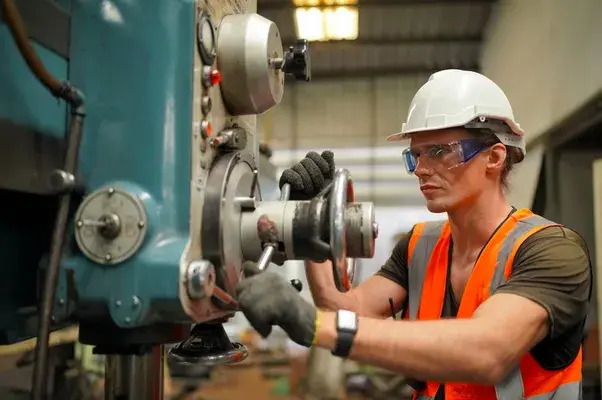Mission-critical assets in manufacturing setups can make or break an entire value chain. An unmitigated asset breakdown or productivity decline can halt production for hours, or even days, resulting in huge revenue losses and unsafe work environments. The situation becomes even more complex for industries with distributed assets.
To maintain assets in optimal condition and run the production process without disruptions, dedicated maintenance teams have to be deployed in various locations. Furthermore, investments are required in carrying spare-parts inventory and establishing strategic service contracts with Original Equipment Manufacturers (OEMs). While conventionally, these practices have been considered inevitable, a marked shift is happening towards predictive analytics and responsive maintenance solutions that can optimize asset performance.
This article will cover what exactly asset optimization is, why is it important for manufacturing industries, and how predictive maintenance solutions empower maintenance and operation teams to achieve it.
What is Asset Optimization?
Optimization essentially means making something as effective, functional, reliable, and productive as possible. Asset optimization means optimizing the way that an asset is utilized and deriving maximum value from it. It also entails driving efficiency and reliability objectives by improving the Remaining Useful Life (RUL) of an asset and enhancing the Overall Equipment Effectiveness (OEE).
Asset Optimization depends on leveraging data-driven intelligence and predictive analytics to achieve business objectives and add to the bottom line. IoT-enabled technologies can be deployed to monitor asset conditions and analyze real-time data to determine maintenance needs.
Read More:
https://www.infinite-uptime.com/understanding-asset-optimization-in-manufacturing/





Comments